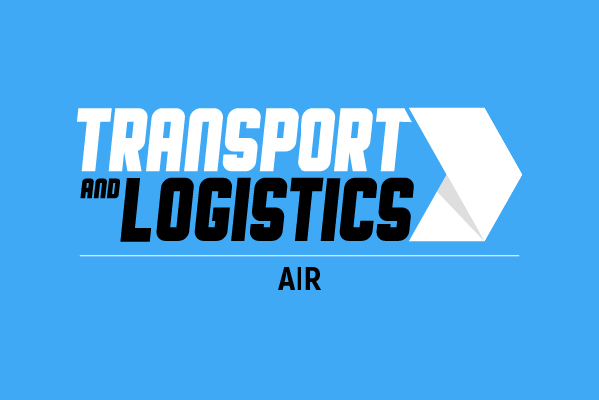Continued Uptick In July Cargo Results
Geneva – The International Air Transport Association (IATA) announced global air cargo traffic results for July showing a continuation of the modest improvement trend experienced in June. Global freight tonne kilometers (FTKs) were up 1.2% in July year-on-year, slightly better than the 0.9% year-on-year increase recorded in June, as growth in Europe and the Middle East offset weakness in Asia. As a result of the July performance, air freight volumes are at their highest level since mid-2011. Capacity increased 3.4% versus July 2012, pushing load factor down to 43.3%. However, load factors have stabilized compared to earlier in 2013.
“The growth is encouraging, particularly in Europe. However, it is premature to say that air cargo may be emerging from the doldrums of the past 18 months. The weakness in Asia-Pacific freight markets and the deteriorating political situation in parts of the Middle East give ample reason for continued caution,” said Tony Tyler, IATA’s Director General and CEO.
Regional Performance
Airlines in Europe, the Middle East and Latin America contributed to the improved performance versus a year ago.
Asia-Pacific carriers’ cargo demand fell 1.4% compared to July 2012, while capacity climbed 2.6%. Asia-Pacific airlines have seen air freight contract 2.1% through the first seven months of 2013, the largest decline among regions.
Business activity in China remains sluggish, with the Markit/HSBC Purchasing Managers Indices for manufacturing and export orders continuing to show softness. Moreover, the weakness extends beyond China, with emerging Asia trade volumes shrinking almost 5% in the first half of the year.
European carriers experienced a 1.5% increase in FTKs in July, while capacity climbed 3.5%. July was the second consecutive month in which air freight demand increased, giving rise to cautious optimism. Questions remain, however, regarding the Eurozone’s ability to sustain growth. Although the Eurozone’s 18 month recession ended in the second quarter, performance among countries varies widely, with Portugal, Germany and France leading the expansion and Italy, Spain and the Netherlands showing contraction. Through the first eight months of 2013, FTKs rose 0.2% year-over-year.
North American airlines had another month of weak demand for air freight in July. FTKs fell 1.1% compared to the year-ago period, contributing to a 1.7% contraction in the first seven months of 2013 versus last year. Signals out of the US are mixed. July’s performance represented a decline compared to June, but month-on-month growth rates have been especially volatile and recent indicators suggest rising business confidence, in line with an improving economy.
Middle East airlines led all regions with a 14.4% rise in FTKs compared to July 2012. Capacity climbed 11.1%. Year-to-date demand was up 11.7%. The Middle East was one of just two regions in which airlines saw demand growth exceed capacity growth. Part of the rise in year-on-year growth rates in July is owing to the timing of Ramadan, which took place mostly in July 2013, while in 2012, most of the holiday occurred in August. Ramadan typically gives a boost to air freight demand for Middle Eastern carriers, as air transport of perishable foods and gift parcels increases to/from the region.
Latin American carriers’ cargo traffic was up 3.1% in July compared to a year ago, with capacity up just 1.7%. This result was broadly in line with the region’s performance during the first seven months of the year, when FTKs rose 3.4%. Demand for certain Latin American exports has shown strong growth momentum over recent months, providing a solid foundation for expansion in air freight demand.
African airlines experienced a 4.9% contraction in July year-on-year. Despite a relatively supportive demand environment, reflected in the year-to-date FTK growth of 2.2%, airlines in the region continue to face intense competition for their product.














